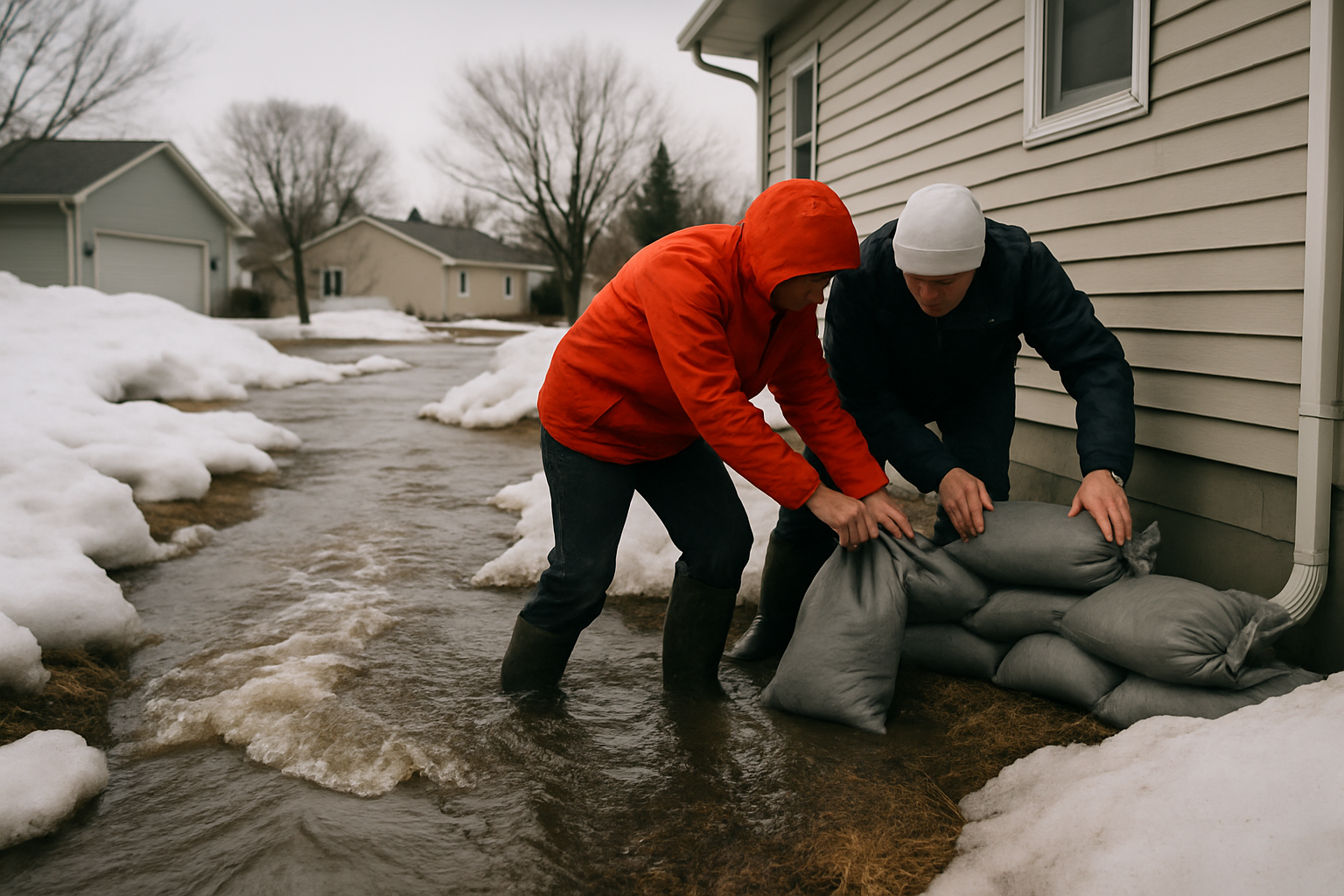The Science of Air Quality Testing After Water or Fire Damage

The Science of Air Quality Testing After Water or Fire Damage
Meta Title:The Science of Air Quality Testing After Water or Fire Damage
Meta Description:Learn why air quality testing after water or fire damage is critical for safety, health, and proper property restoration.
URL Slug:the-science-of-air-quality-testing-after-water-or-fire-damage
Introduction
When a property experiences water or fire damage, the visible destruction is only part of the problem. What lingers in the air—microscopic particles, toxins, and moisture—can create serious health and structural risks if left unchecked.Air quality testing after water or fire damageprovides a scientific way to detect hidden threats and guide safe, effective restoration.
TLDR – Quick Guide
- Air quality testing detects hidden pollutantssuch as mold spores, soot, and volatile organic compounds.
- Moisture-driven contaminationcan lead to mold growth after water damage.
- Smoke residues and fine particulatesfrom fire damage can linger for weeks.
- Testing ensures safe re-entryby confirming that air contaminants have been reduced to healthy levels.
- Certified professionals use advanced equipmentfor accurate results and restoration planning.
The Science Behind Air Quality Testing
Understanding Air Contaminants
After water or fire damage, the air often carries particles invisible to the naked eye. These can include mold spores, bacteria, soot, and chemical residues. Testing pinpoints which contaminants are present and in what concentrations, giving restoration teams a roadmap for cleanup.
Methods Used in Testing
Professionals use a mix of air sampling, surface sampling, and real-time monitoring equipment. High-volume pumps capture airborne particles, while lab analysis identifies their type and severity. Some testing also includes humidity and temperature tracking, which help predict ongoing risks.
Water Damage and Air Quality
When water seeps into building materials, it creates a breeding ground for mold and bacteria. Even after surfaces appear dry, airborne spores may spread and contaminate new areas. Air quality testing ensures drying and dehumidification efforts are effective and verifies that hidden moisture pockets haven’t sparked microbial growth.
Fire Damage and Air Quality
Fires release soot, ash, and volatile organic compounds that settle deep into materials and remain suspended in the air. These microscopic particles can irritate the lungs and worsen conditions like asthma. Air testing confirms when the indoor environment is safe to reoccupy and identifies areas needing additional filtration or cleaning.
The Benefits of Professional Air Quality Testing
Health Protection
Poor air quality can cause respiratory problems, allergies, and long-term health risks. Testing ensures that the air meets safe standards before people return.
Property Preservation
Airborne toxins can continue damaging materials long after the fire or flood. By detecting these risks early, testing prevents secondary damage to walls, furniture, and HVAC systems.
Insurance and Documentation
Air quality testing results provide valuable documentation for insurance claims. They help demonstrate the extent of the damage and prove that proper remediation was completed.
Key Takeaways
- Air quality testing identifies invisible threats left behind after water or fire damage.
- Mold, soot, and chemical residues can persist even after visible cleanup.
- Certified testing protects both human health and property value.
- Testing provides documentation that supports insurance claims.
- Restoration efforts are most effective when guided by accurate air quality results.
FAQs
- Why is air quality testing necessary after water or fire damage?
Air quality testing identifies contaminants that are not visible but can impact health and safety. It ensures remediation addresses hidden risks such as mold or soot. Without testing, property owners may mistakenly believe the environment is safe when it is not. - How long after water or fire damage should air quality be tested?
Testing should occur as soon as initial cleanup is completed to measure effectiveness. Follow-up testing may be needed during or after remediation. This timeline ensures safe occupancy and verifies that no lingering risks remain. - What equipment is used in air quality testing?
Professionals use air sampling pumps, particle counters, and specialized filters. Collected samples are analyzed in certified labs to identify mold spores, soot, or chemical residues. This combination provides both real-time data and detailed laboratory results. - Can homeowners perform air quality testing themselves?
While DIY kits exist, they often lack the accuracy of professional testing. Certified technicians use advanced tools that detect a wider range of contaminants. For reliable results, especially after significant damage, professional testing is strongly recommended. - Does insurance cover air quality testing after water or fire damage?
In many cases, insurance policies cover testing when it is tied to a documented restoration need. Insurers often require proof of testing to validate claims. Always confirm coverage details with your provider before remediation begins.
